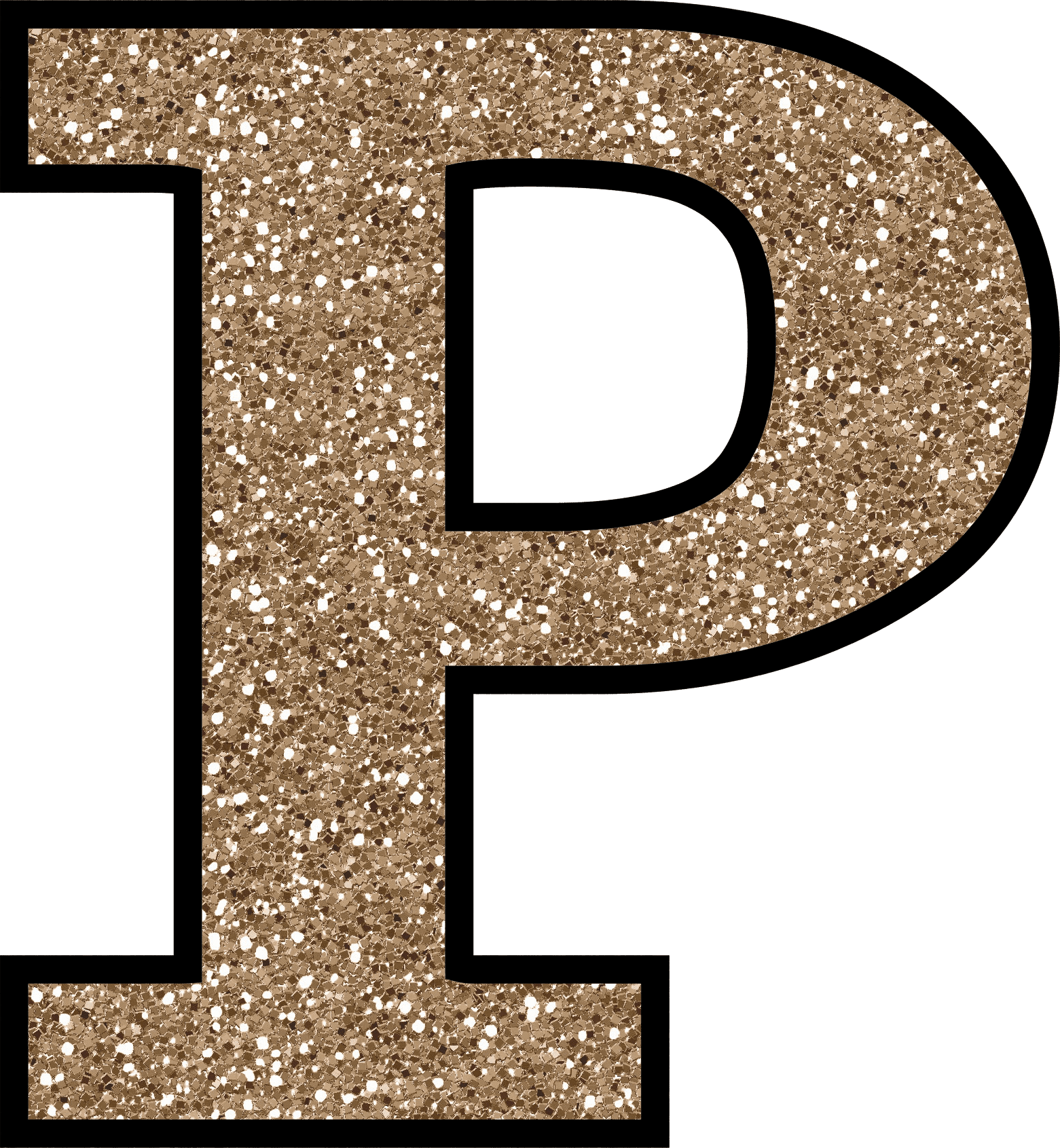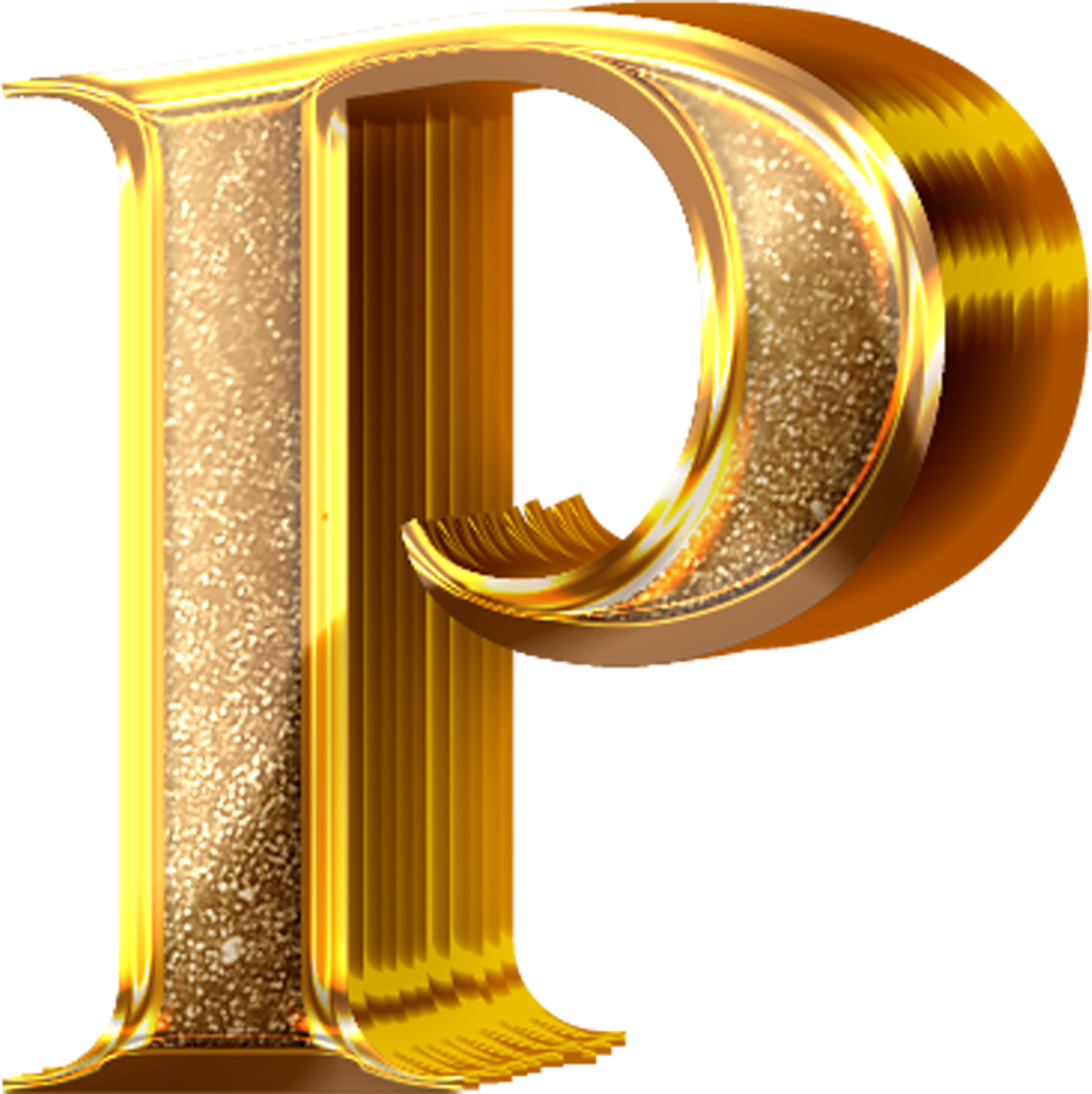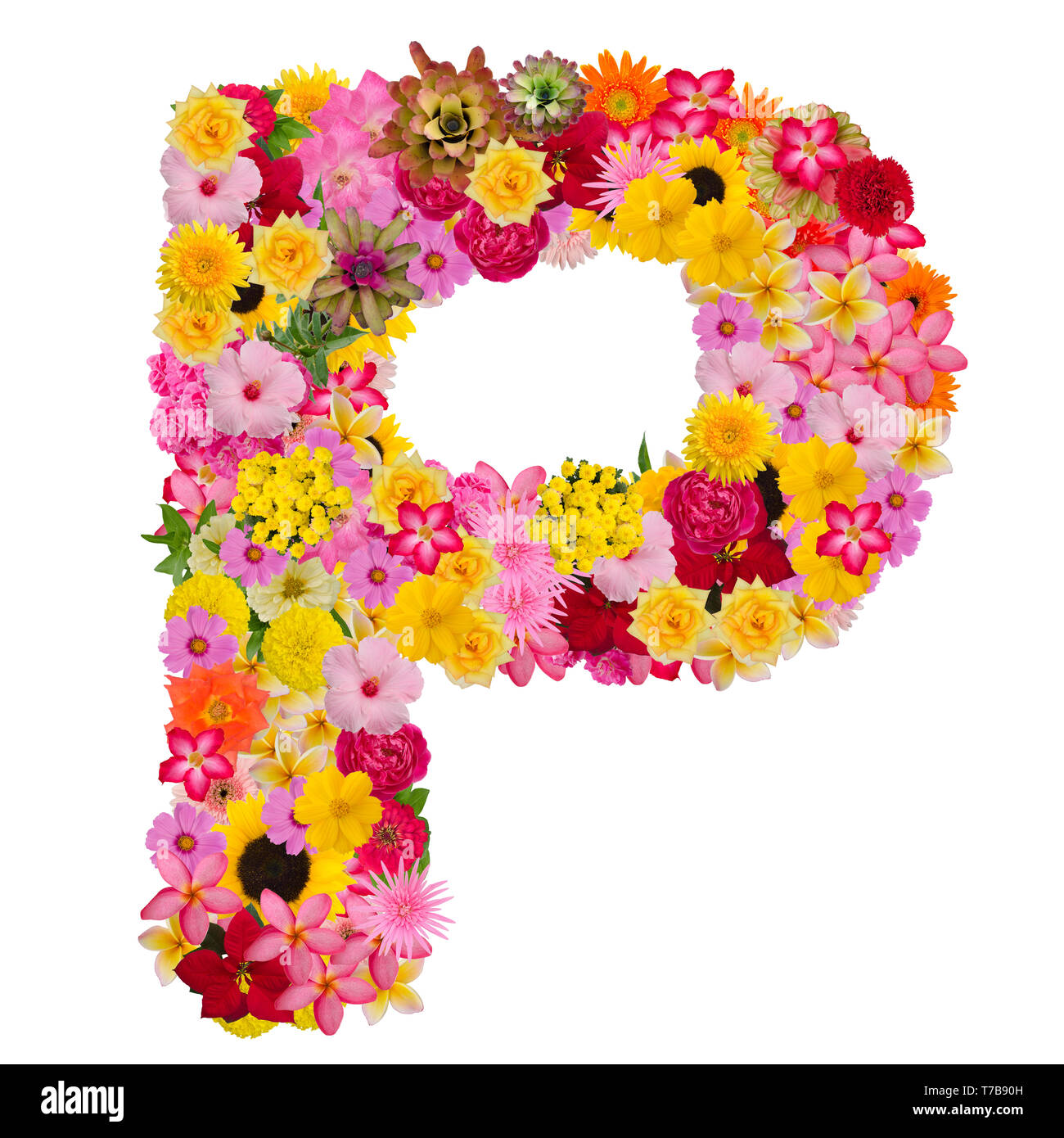Have you ever stopped to think about how much meaning a single letter can carry? It's almost incredible, really, how one tiny symbol can be so central to so many different ideas and systems. Take the letter 'P', for instance. It shows up in all sorts of places, from something as seemingly provocative as "p[ornstars" to the very building blocks of web pages. It's a rather fascinating journey, wouldn't you say?
So, we often just use letters without much thought, but each one has a story, a history, and a set of uses that shape our communication. The letter 'P', or 'p', as it happens, is the sixteenth letter of the Latin alphabet. It's a fundamental part of the modern English alphabet, too, and you'll find it in many other Western European languages and even more worldwide. It's truly a global player, in a way.
This article, drawing inspiration from "My text," aims to peel back the layers of this seemingly simple character. We're going to explore its historical roots, its sounds, its surprising appearances in science and games, and even its crucial role in the digital world. It's quite a versatile letter, and we're just about to see why, you know?
Table of Contents
- The Historical Journey of P: A Linguistic Cornerstone
- P in Everyday Language: Sounds and Sentences
- P Beyond Words: Science, Symbols, and More
- P in the Digital Age: Building Blocks of the Web and Creative Spaces
- P in Visual Media: Pixels and Platforms
- Frequently Asked Questions About the Letter P
The Historical Journey of P: A Linguistic Cornerstone
The letter 'P' has a very long story, stretching back through time. It's been the sixteenth letter of the modern alphabet for ages, and that's pretty consistent. Throughout its known history, this letter has represented what linguists call the unvoiced labial stop. That's a fancy way of saying it's the sound you make by closing your lips and then releasing air without using your voice box, like in the word "peace," for instance. It's a distinct sound, you see.
Apparently, this letter corresponds to the Semitic 'pe'. This ancient ancestor perhaps derives from an even earlier symbol. It's quite something to think about how a shape drawn thousands of years ago still influences how we write and speak today. This deep history really shows how foundational these basic alphabet pieces are, you know?
The meaning of 'P' is, quite simply, the 16th letter of the English alphabet. But it's more than just a position; it's a sound, a symbol, and a starting point for countless words. Learning about its origins helps us appreciate the intricate web of language we use every single day, so it does.
P in Everyday Language: Sounds and Sentences
When we talk about language, the letter 'P' is absolutely everywhere. It's a key part of the modern English alphabet, and it's used in the alphabets of other Western European languages, too, and many others across the globe. We use it to form words, to express ideas, and to communicate all sorts of things, obviously.
One way children learn about this letter is through songs. There's even a "Letter P song" out there. This kind of alphabet song can really help young ones learn letter recognition. It even helps them with the sign language for the letter 'P'. It's a very visual and auditory way to pick up on this important piece of our language system, you know?
Any of the speech sounds that this letter represents are crucial. As in English, the (p) of peace is a clear example. It’s a distinct sound that helps us tell words apart and understand each other. The way we use 'P' in a sentence can completely change its meaning, which is pretty interesting, if you think about it.
P Beyond Words: Science, Symbols, and More
The letter 'P' isn't just for making words; it shows up in some surprising places outside of everyday language, too. In chemistry, for example, 'P' is the symbol for the element phosphorus. Sometimes, it can also stand for phosphate, which is a related chemical compound. It's a very compact way to represent complex scientific ideas, so it is.
Then there's the world of games, like chess. In chess, 'P' is sometimes used as a symbol for the pawn piece. This little letter helps players quickly identify one of the most common pieces on the board. It's a small detail, but it makes a big difference in how easily people can read and understand chess notations, you know?
Even in biology, 'P' has a special role. It can stand for the parental generation in breeding experiments. These are the individuals that are selected to begin a breeding experiment, and the crosses between them yield the F1 generation. It's a shorthand that makes scientific communication much clearer and more efficient, actually.
P in the Digital Age: Building Blocks of the Web and Creative Spaces
Moving into the digital world, the letter 'P' takes on a whole new set of meanings and uses. For anyone involved in web development, the `
` tag is absolutely fundamental. You want to use the `
` tag when you need to break up two streams of information into separate thoughts. It's basically how you create paragraphs on a webpage, which is pretty essential for readability, you know?
For instance, if you wanted to write a classic phrase like, `
now is the time for all good men to come to the aid of their country
`, you'd use the `` tag. This tag is a paragraph, and as such, it is a block element. That means it takes up its own line and usually has some space above and below it, much like an `
` heading or a `` container. This is unlike a `` tag, which is an inline element and just flows with the text around it. Understanding these differences is pretty key for building proper web layouts, honestly.Beyond standard HTML, 'P' even pops up in more specialized coding contexts. For instance, when someone's doing some X11 ctypes coding, they might see things like `(~0l)`. This is a bit more technical, but it shows how 'P' (or the concepts it represents, like "pointer" or "process") can be part of complex programming discussions. It just goes to show how pervasive this letter's influence is, even in areas that might seem quite dumb to a beginner, you know?
P in Visual Media: Pixels and Platforms
The letter 'P' also plays a very important role in how we perceive and create visual content, especially in the digital realm. When you hear about video quality, you often hear terms like "2K" and "4K". These concepts are, as a matter of fact, originally based on movie standards. The film specification DCI, for instance, defines 2048×1080 as 2K and 4096×2160 as 4K. The 'P' here stands for "pixels" or "progressive scan," indicating how the image is drawn on the screen. It's a pretty big deal for visual clarity, so it is.
Platforms where creative content thrives also use 'P' in their names or concepts. Take Pixiv, for example. Pixiv is a social network service and virtual community website that centers around illustrations, comics, novels, and art. It brings together many excellent artists from places like Japan, China, Korea, and the United States. They interact and share amazing high-definition illustrations on Pixiv. It's a place where artists can really put their best "pictures" forward, you know?
Similarly, Zhihu is a high-quality question-and-answer community and original content platform in the Chinese internet space. It officially launched in January 2011 with the brand mission of "enabling people to better share knowledge, experience, and insights, and find their own answers." Zhihu, with its serious, professional, and friendly community, showcases the power of shared "perspectives" and "paragraphs" of information. These platforms, in their own ways, are all about presenting content clearly, often relying on the very structure that the letter 'P' helps define, whether through paragraphs or pixels, you know?
It's fascinating how a simple letter underpins so many different aspects of our digital lives, from the code that structures a page to the resolution of the images we view. It's a testament to its enduring importance, actually.
Frequently Asked Questions About the Letter P
What is the origin of the letter P?
The letter 'P', or 'p', is the sixteenth letter of the Latin alphabet. It's been around for a long time, and throughout its known history, it has represented the unvoiced labial stop sound. It corresponds to the Semitic 'pe,' which perhaps derives from an earlier form. It's quite an ancient lineage for such a common letter, you know?
How is the letter P used in different fields?
The letter 'P' is pretty versatile! In chemistry, 'P' is the symbol for the element phosphorus, or sometimes for phosphate. In chess, it's used as a symbol for the pawn piece. In biology, 'P' can represent the parental generation in breeding experiments. And, of course, it's a fundamental part of our everyday language, forming countless words and sounds. It's used in so many different ways, actually.
Why is the <p> tag important in web design?
The <p> tag is super important in web design because it's how you create paragraphs of text on a webpage. It helps break up information into separate thoughts, making content much easier to read and understand. As a block element, it ensures that text blocks have their own space, which is pretty essential for good page layout and readability, you know? Learn more about HTML tags on our site, and link to this page for more about the <p> tag.
Beyond standard HTML, 'P' even pops up in more specialized coding contexts. For instance, when someone's doing some X11 ctypes coding, they might see things like `(~0l)`. This is a bit more technical, but it shows how 'P' (or the concepts it represents, like "pointer" or "process") can be part of complex programming discussions. It just goes to show how pervasive this letter's influence is, even in areas that might seem quite dumb to a beginner, you know?
P in Visual Media: Pixels and Platforms
The letter 'P' also plays a very important role in how we perceive and create visual content, especially in the digital realm. When you hear about video quality, you often hear terms like "2K" and "4K". These concepts are, as a matter of fact, originally based on movie standards. The film specification DCI, for instance, defines 2048×1080 as 2K and 4096×2160 as 4K. The 'P' here stands for "pixels" or "progressive scan," indicating how the image is drawn on the screen. It's a pretty big deal for visual clarity, so it is.
Platforms where creative content thrives also use 'P' in their names or concepts. Take Pixiv, for example. Pixiv is a social network service and virtual community website that centers around illustrations, comics, novels, and art. It brings together many excellent artists from places like Japan, China, Korea, and the United States. They interact and share amazing high-definition illustrations on Pixiv. It's a place where artists can really put their best "pictures" forward, you know?
Similarly, Zhihu is a high-quality question-and-answer community and original content platform in the Chinese internet space. It officially launched in January 2011 with the brand mission of "enabling people to better share knowledge, experience, and insights, and find their own answers." Zhihu, with its serious, professional, and friendly community, showcases the power of shared "perspectives" and "paragraphs" of information. These platforms, in their own ways, are all about presenting content clearly, often relying on the very structure that the letter 'P' helps define, whether through paragraphs or pixels, you know?
It's fascinating how a simple letter underpins so many different aspects of our digital lives, from the code that structures a page to the resolution of the images we view. It's a testament to its enduring importance, actually.
Frequently Asked Questions About the Letter P
What is the origin of the letter P?
The letter 'P', or 'p', is the sixteenth letter of the Latin alphabet. It's been around for a long time, and throughout its known history, it has represented the unvoiced labial stop sound. It corresponds to the Semitic 'pe,' which perhaps derives from an earlier form. It's quite an ancient lineage for such a common letter, you know?
How is the letter P used in different fields?
The letter 'P' is pretty versatile! In chemistry, 'P' is the symbol for the element phosphorus, or sometimes for phosphate. In chess, it's used as a symbol for the pawn piece. In biology, 'P' can represent the parental generation in breeding experiments. And, of course, it's a fundamental part of our everyday language, forming countless words and sounds. It's used in so many different ways, actually.
Why is the <p> tag important in web design?
The <p> tag is super important in web design because it's how you create paragraphs of text on a webpage. It helps break up information into separate thoughts, making content much easier to read and understand. As a block element, it ensures that text blocks have their own space, which is pretty essential for good page layout and readability, you know? Learn more about HTML tags on our site, and link to this page for more about the <p> tag.



